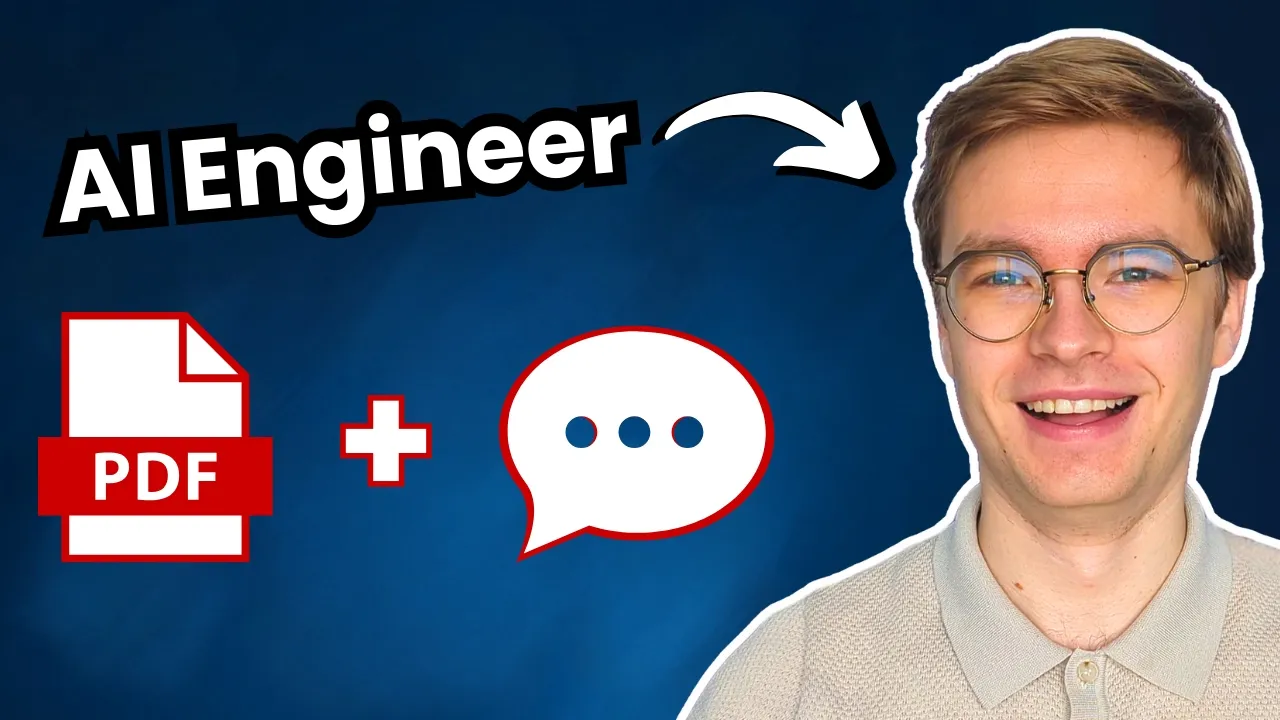Building an AI Knowledge Base
The ability to interact with documents through natural language represents one of the most practical applications of modern AI. Rather than scanning through pages of text to find information, imagine simply asking questions and receiving accurate, contextually-relevant answers. This capability fundamentally transforms how we interact with our stored knowledge. To understand the broader context of document-based AI systems, explore my comprehensive guide to RAG implementation which covers the technical foundations underlying these systems.
The Architecture of Local AI Systems
Local AI systems that can answer questions about documents operate on a surprisingly elegant conceptual framework, even when their technical implementation might be complex. At their core, these systems consist of several distinct components working in harmony:
- Large Language Model (LLM) - The cognitive engine that processes both your questions and document content to generate meaningful responses
- Document Processing Layer - The component that transforms PDF documents into a format the AI can understand
- API Services - Communication channels that allow different components to exchange information
- Front-End Interface - The user-facing component where questions are asked and answers are displayed
What makes this architecture powerful is not just the capabilities of each component, but how they interact as a cohesive system. Modern AI systems benefit tremendously from this modular approach, allowing each component to evolve independently without requiring a complete system redesign.
The Local Advantage
Running an LLM system locally rather than relying on cloud services introduces several compelling benefits:
Privacy and Data Control
When sensitive documents never leave your machine, you maintain complete control over your information. For businesses handling confidential data or individuals with privacy concerns, this local-first approach eliminates the risk of unauthorized access that comes with cloud transmission. Understanding the differences between cloud and local AI models can help you make informed decisions about privacy and performance trade-offs.
Network Independence
Local systems continue functioning without internet connectivity, making them ideal for fieldwork, travel, or environments with unreliable connections.
Cost Predictability
Cloud-based AI services typically charge by usage, which can become expensive with frequent queries. A local system has a fixed upfront cost but no ongoing API fees.
Customization Potential
Local systems can be more easily tailored to specific document types or knowledge domains, potentially yielding more relevant responses for specialized applications.
Container-Based Isolation
One of the most significant architectural concepts in modern AI systems is the use of containerization. This approach creates isolated environments for different system components, offering several conceptual advantages:
- Each component operates in its own “sandbox,” preventing conflicts between dependencies
- The overall system becomes more portable and can be deployed consistently across different environments
- Components can be developed, updated, or replaced independently
- Resource allocation can be controlled at a granular level
The container concept allows us to think of AI systems as collections of specialized services rather than monolithic applications—a paradigm shift that enhances both flexibility and scalability.
The Conceptual Workflow
When you interact with a document-based question-answering system, a fascinating sequence of operations occurs:
- Your question enters the system through the user interface
- The API routes your question to the language model service
- The LLM processes your query in context with relevant document content
- A response is generated based on information found in the documents
- The answer is streamed back through the API to your interface
This streaming capability—where responses appear progressively rather than all at once—creates a more natural interaction experience, similar to watching someone write or speak in real-time.
Smaller Models, Practical Applications
While frontier models like GPT-4 or Claude Opus receive significant attention, specialized smaller models can effectively handle document question-answering tasks while running efficiently on consumer hardware. These compact models represent an excellent balance between capability and resource requirements, making local AI increasingly accessible.
The conceptual understanding of these systems opens up possibilities for numerous practical applications:
- Personal knowledge management systems
- Legal document analysis
- Medical literature review
- Technical documentation assistance
- Educational content exploration
By understanding the conceptual foundations of these systems, you gain insight into how modern AI can transform document interaction—turning static information into dynamic, conversational knowledge bases. For engineers ready to build their own systems, my vector databases guide provides the essential knowledge for storing and retrieving document embeddings efficiently.
To see exactly how to implement these concepts in practice, watch the full video tutorial on YouTube. I walk through each step in detail and show you the technical aspects not covered in this post. If you’re interested in learning more about AI engineering, join the AI Engineering community where we share insights, resources, and support for your journey. Turn AI from a threat into your biggest career advantage!

